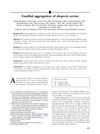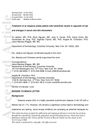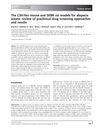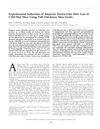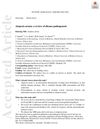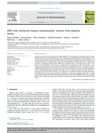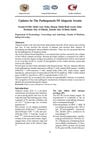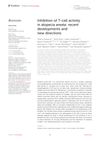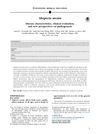CXCR3 Blockade Inhibits T Cell Migration Into the Skin and Prevents Development of Alopecia Areata
July 2016
in “
Journal of Immunology
”
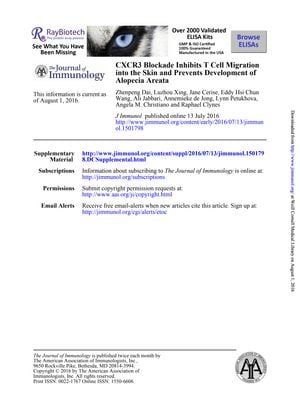
TLDR Blocking the CXCR3 receptor reduces T cell accumulation in the skin and prevents hair loss in mice.
The study demonstrated that blockade of the CXCR3 receptor by administering a neutralizing antibody (anti-CXCR3 Ab) decreased the accumulation of CD8+NKG2D* T cells in the skin, which in turn prevented the development of Alopecia Areata (AA) in mice. Only 30% of mice treated with anti-CXCR3 Abs developed AA by 12 weeks, compared to control mice. The treatment also resulted in a significant reduction in the number and frequency of CD8+ T cells, particularly CD8+NKG2D+ T cells and CD8+CD44 CD62L effector memory T cells, which are associated with the pathogenesis of AA. Additionally, the expression of IFN-inducible CXCL9, CXCL10, and CXCL11 mRNAs was markedly decreased in the skin. The study involved 5-10 mice per group and the data are representative of two experiments with 10 mice total in each group. The findings suggest that CXCR3 is a key contributor to the pathogenesis of AA and that CXCR3 blockade could be a useful therapeutic target for the treatment of human AA.
